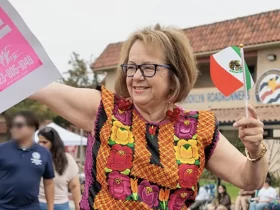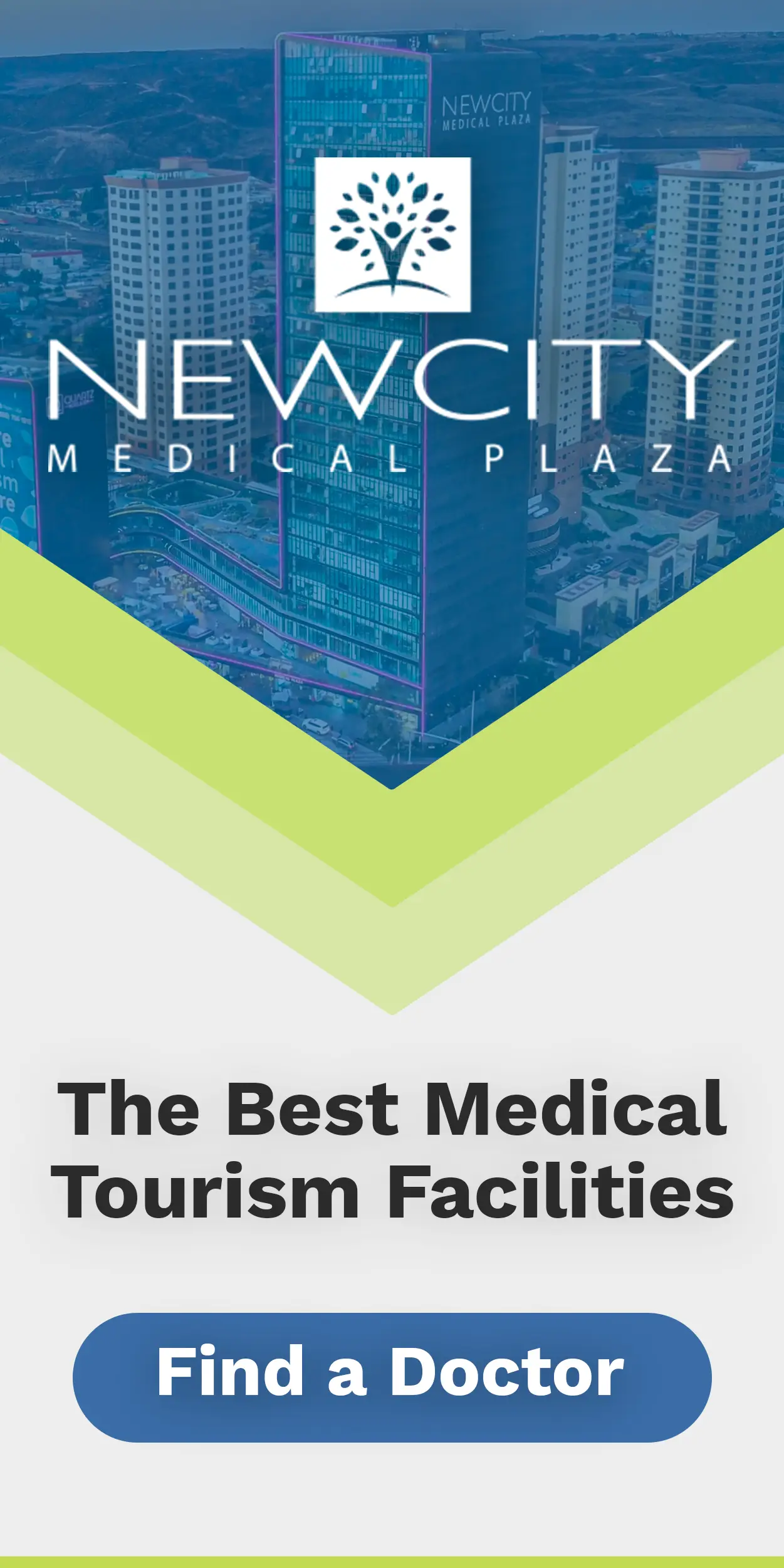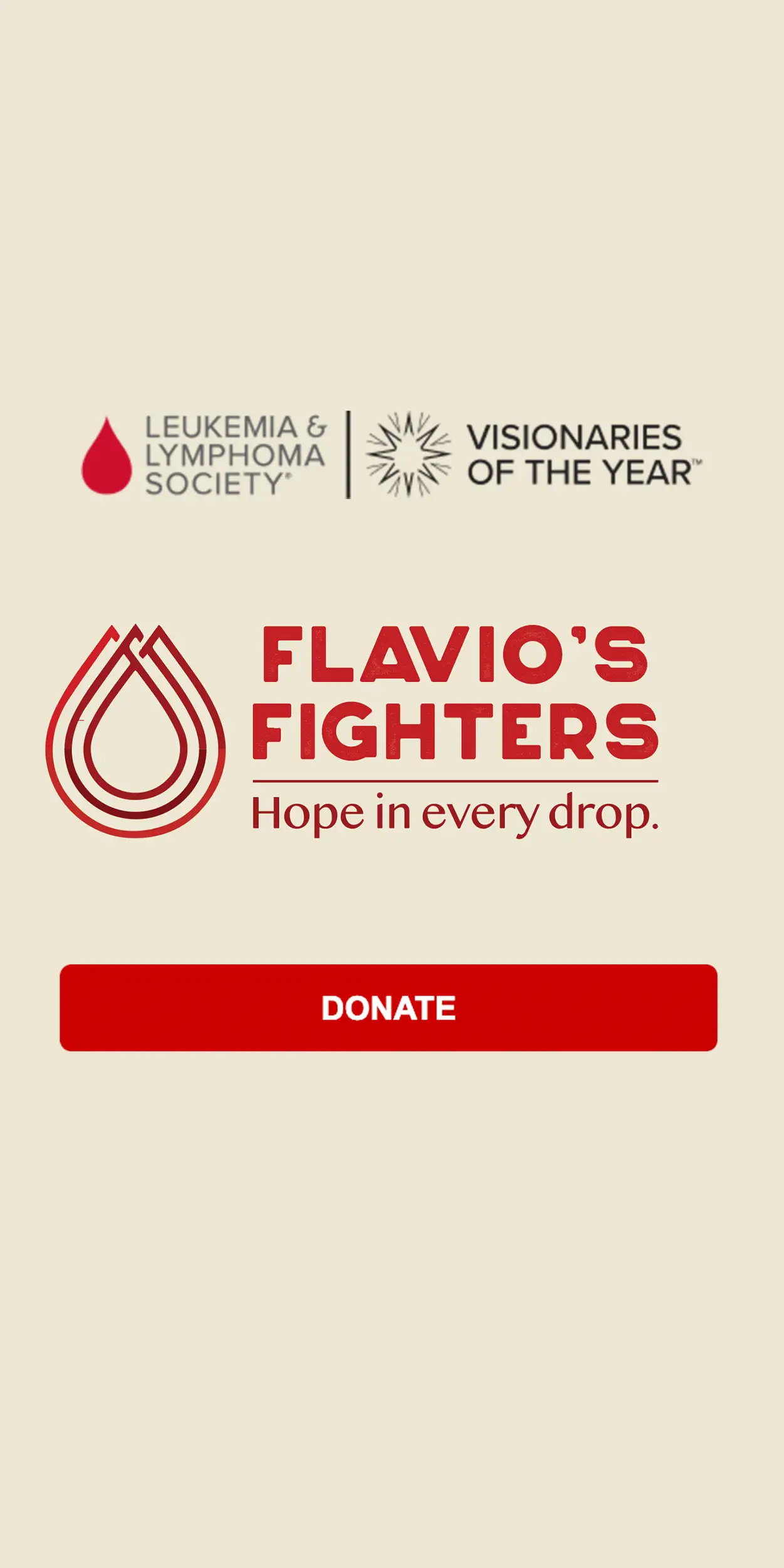By Dr. Hassan Kafri
Obesity, a global epidemic, has significant health consequences, including increased risks for cardiovascular diseases, diabetes, and certain cancers. However, this epidemic does not affect all groups equally. Social and racial disparities in obesity rates underscore the role that socioeconomic and environmental factors play in health outcomes, calling for targeted interventions and policies to address these inequities.
Disparities by Race and Ethnicity
Data from the CDC’s 2024 report on adult obesity reveal striking differences in obesity prevalence across racial and ethnic groups. Black adults have the highest obesity prevalence at 52%, followed by Hispanic adults at 48%, and non-Hispanic white adults at 43%. These disparities reflect systemic issues such as access to healthy foods, safe spaces for physical activity, and healthcare services. For many communities of color, especially Black and Hispanic populations, poverty and social determinants of health heavily influence these statistics. Lower-income neighborhoods often face food deserts, lack of healthcare access, and fewer recreational facilities, compounding the risk factors for obesity.
Social Determinants of Health and Obesity

Social determinants, such as education, income, and geographic location, strongly influence obesity rates. According to a study published in the Journal of the American Heart Association, individuals with lower income or education levels are at a higher risk of obesity. This risk is even more pronounced in minority populations. For instance, in Black and Hispanic communities, the prevalence of obesity is particularly high among individuals without a high school diploma. Education shapes health behaviors, food choices, and awareness of healthy living strategies, underscoring why policy interventions need to address these upstream factors.
Furthermore, geographic disparities exacerbate the issue. Urban and rural areas with lower socioeconomic status tend to have higher concentrations of fast food outlets, fewer supermarkets with fresh produce, and limited access to safe spaces for exercise. This food and resource inequality contributes to the growing rates of obesity in these vulnerable communities.
The Role of Healthcare Access and Weight Management

Lack of access to effective weight management resources and healthcare further perpetuates racial disparities in obesity. A study on weight management highlighted the unequal access to advanced obesity treatments, such as GLP-1 receptor agonists, which have shown significant success in reducing weight and improving cardiovascular outcomes. Black and Hispanic
individuals often face barriers to obtaining these treatments, including lack of insurance, underrepresentation in clinical trials, and healthcare biases. Without equitable access to such interventions, minority groups remain at higher risk for obesity-related complications, including heart disease and diabetes.
Moreover, systemic racism in healthcare impacts the quality of care received by minority populations. The underrepresentation of people of color in clinical trials for obesity treatments means that less data is available on how these populations respond to certain medications or interventions, limiting the personalized care they receive. Improving clinical trial diversity and addressing bias in healthcare systems are crucial steps in reducing these disparities.
Moving Toward Health Equity
Efforts to combat obesity must consider these racial and social inequities. Policies aimed at reducing obesity need to focus on increasing access to healthy foods, improving healthcare access, and creating opportunities for physical activity, particularly in underserved communities. Additionally, addressing the broader social determinants of health—such as poverty, education, and systemic discrimination—will be key to achieving equitable health outcomes for all.
Public health initiatives should prioritize culturally tailored interventions that meet the unique needs of racial and ethnic groups. For example, community-based programs that promote healthy eating and physical activity can be more effective when they consider cultural preferences and socioeconomic challenges.
At Kafri Heart and Vascular Clinic, we work closely with Enara Health to offer comprehensive weight management programs. Enara Health creates personalized care plans that include medical supervision, nutritional guidance, and exercise counseling, helping our patients achieve their weight loss goals. Through this partnership, we aim to bridge some of the existing gaps in obesity care, providing accessible, effective resources to our diverse patient base.
Conclusion
Addressing obesity requires a multifaceted approach that considers the complex social and racial disparities at play. By acknowledging and targeting the specific needs of minority populations, we can work toward a future where everyone has equal opportunities to achieve and maintain a healthy weight.
This blog post reflects on insights from recent CDC data, the Journal of the American Heart Association, and other peer-reviewed studies, emphasizing the need for equity-focused public health strategies to address obesity across racial and ethnic groups.
References:
https://www.cdc.gov/media/releases/2024/p0912-adult-obesity.html https://www.ahajournals.org/doi/10.1161/JAHA.122.028409 https://pmc.ncbi.nlm.nih.gov/articles/PMC8433490/









































Leave a Reply